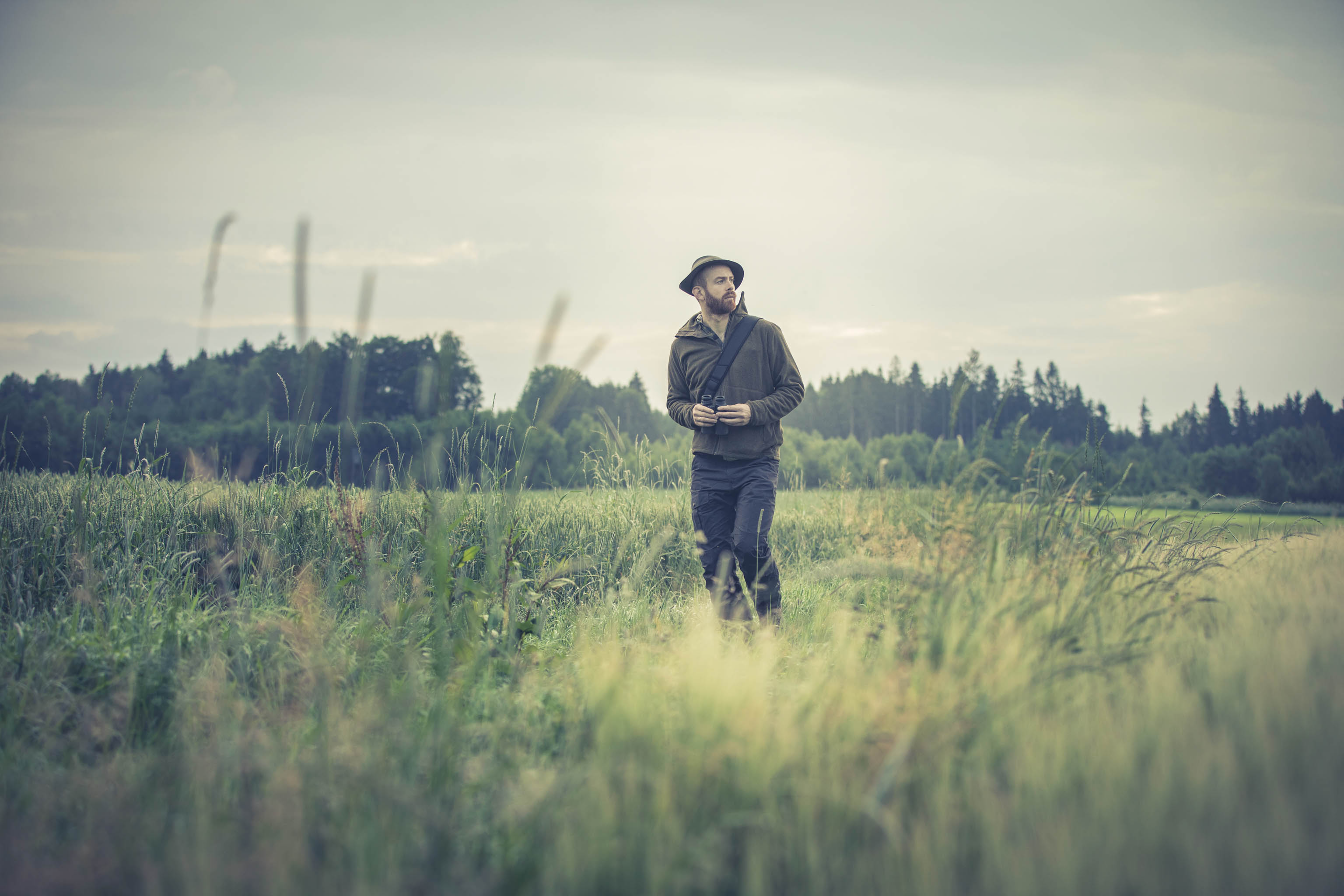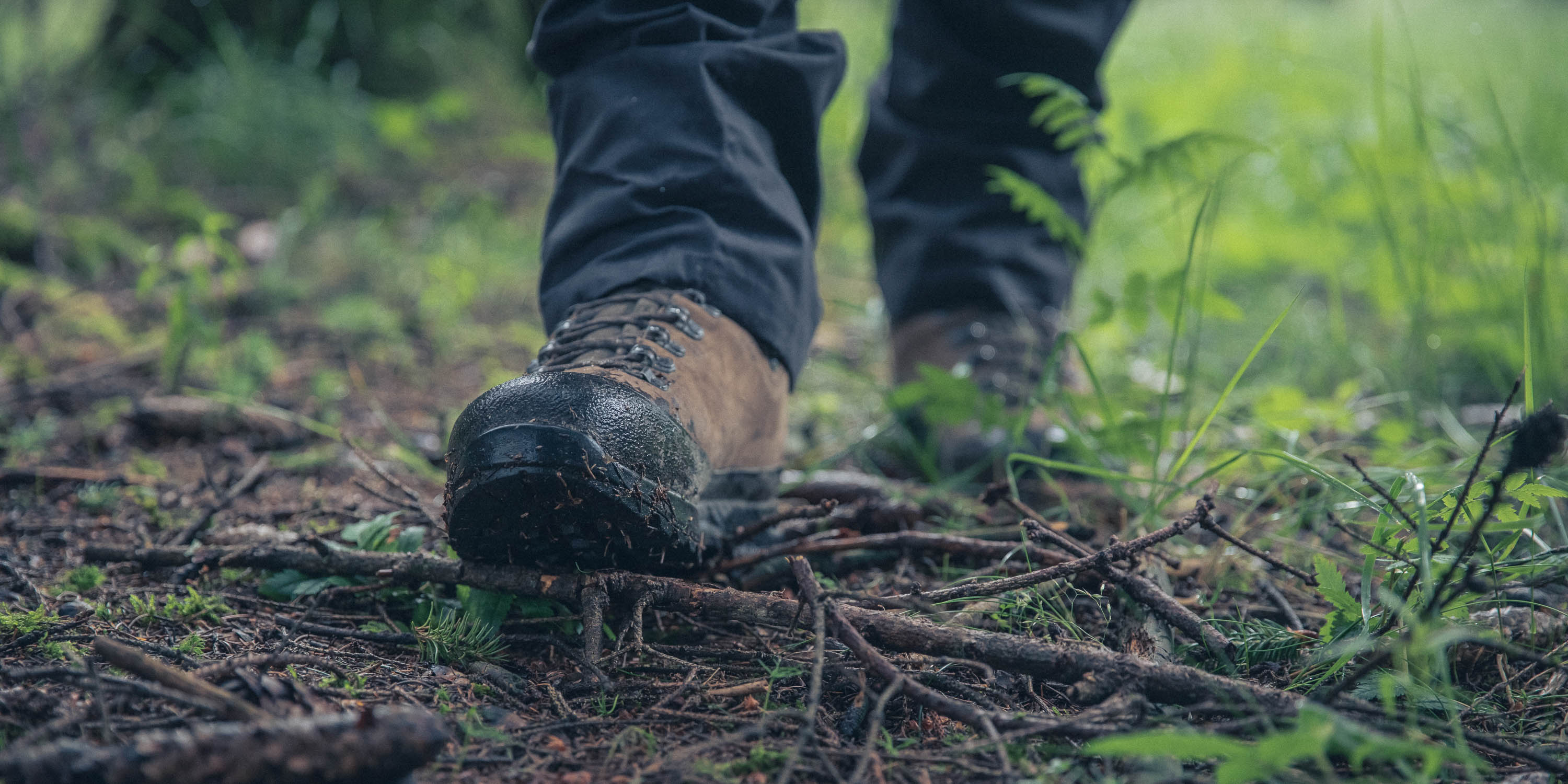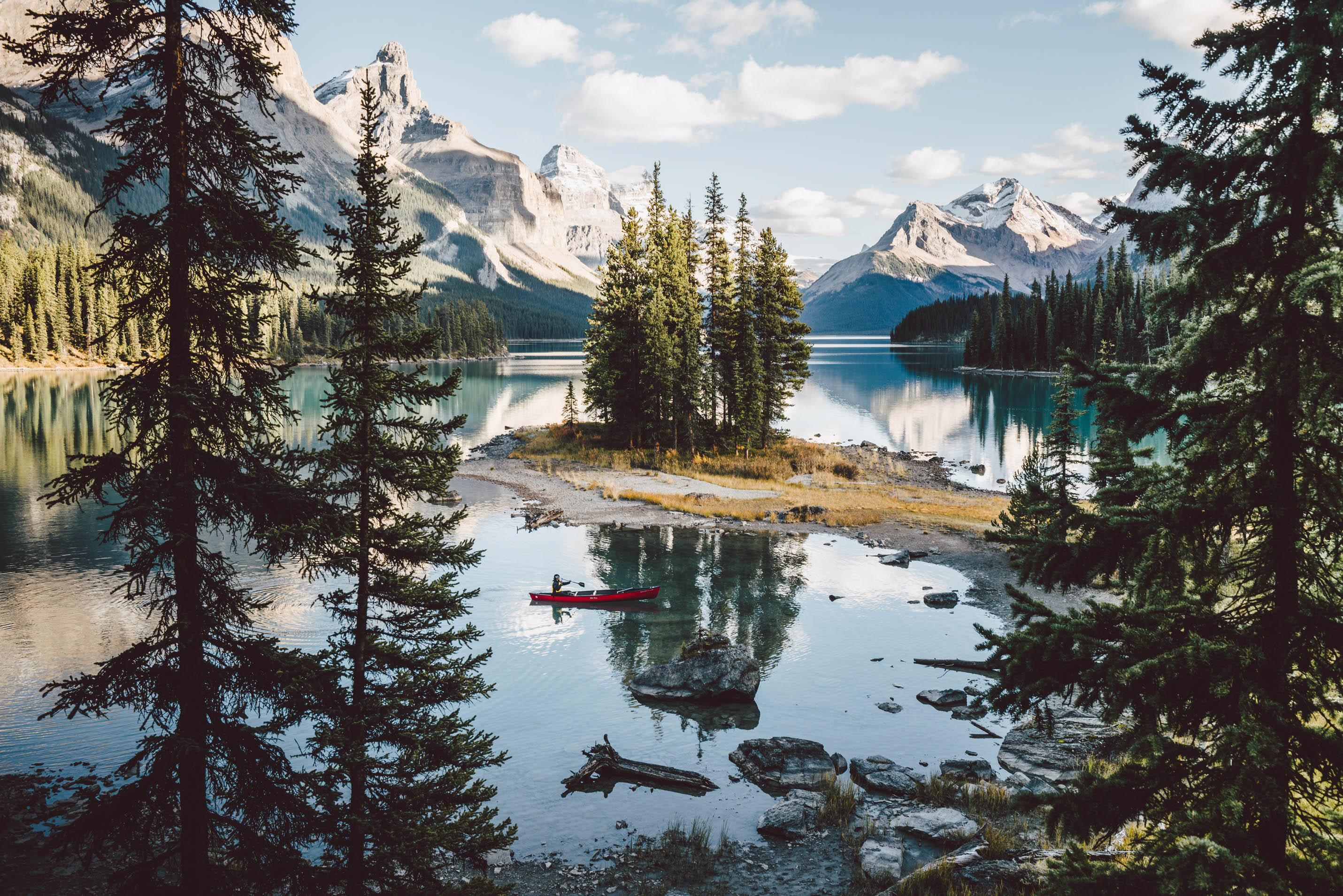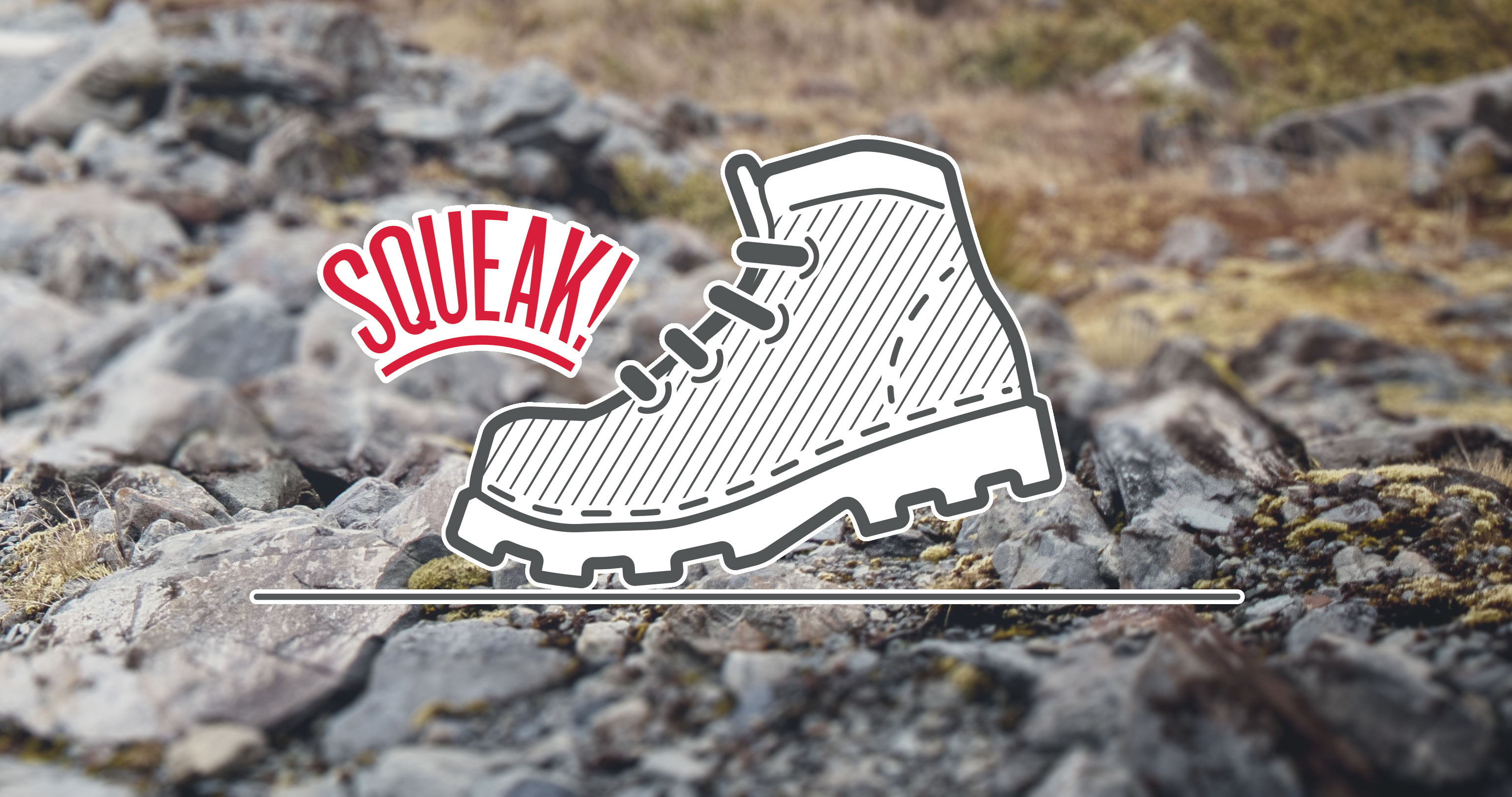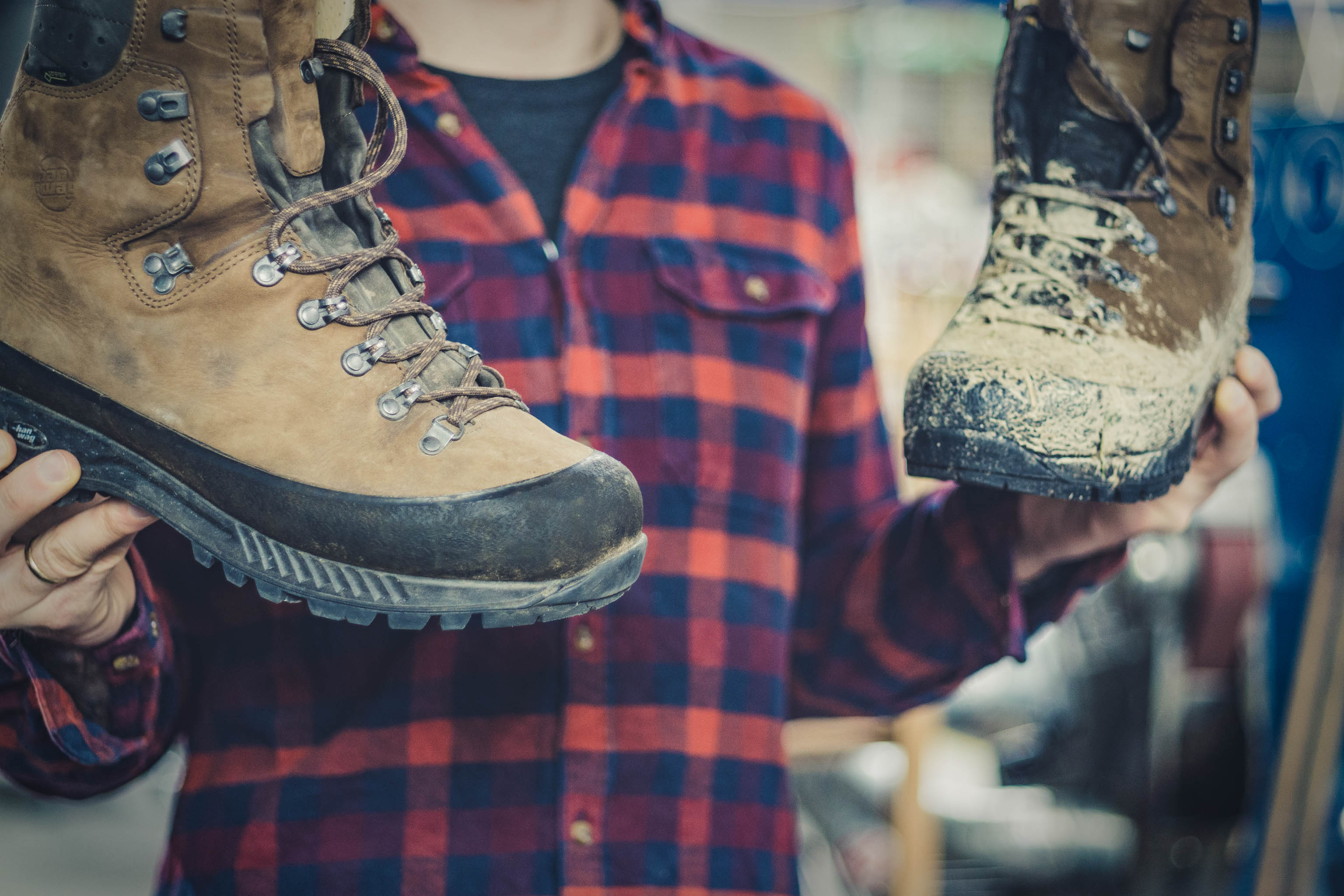Updated on
-
Sneak Peak – The 5 Key Tips
- Think carefully about what you plan to wear. Avoid ‘noisy’ fabrics that rustle excessively.
- Footwear for stalking animals should offer good grip and a good feel underfoot.
- Learn to tread softly and move silently – this is something you can practise at home.
- For wildlife photography: time of day and weather conditions are important.
- Try to move as little as possible. And use natural cover to remain hidden.
For more in-depth information, read the whole article.

Nature expert: Dr Ariane Schmidt is an environmental education expert who trains hunters and runs the Edelweiss Hunting School. In addition to her work with hunters, she runs nature courses for kids and adults.
Being able to move quietly through nature is important both for hunting and wildlife photography. Dr Ariane Schmidt from the Natur- und Jagdschule Edelweiss is an expert on stalking. Here she shares her top tips for stalking animals.
Human beings were hunter-gatherers for some 2.5 million years. “And we still have it in our bones”, says Ariane. Hunting used to be an essential survival skill. Nowadays, it’s a popular hobby.
Many people see stalking as a counterbalance to their busy, hectic lives. It’s a way to rediscover the fascination of moving slowly – whether with a gun, camera, telescopic lens or binoculars.
Ariane recalls how she recently stalked a fox in her local area. Not to shoot it, but for the sheer enjoyment of watching it. She looked on for 30 minutes as it dug for mice – just 20 metres away. “You only get special moments like this if you know how to move very slowly and quietly.”
- What is the right clothing for stalking?
- What is the right footwear for stalking?
- Tips for stalking boots
- Wildlife photography: Plan your route before you set out
- Moving silently
- Successful stalking
- Stalking animals – Respect the rules of the countryside
1 What is the right clothing for stalking?
A camera, field glasses or rifle might be your weapon of choice. However, it’s worth thinking carefully about your clothing too.
Ariane prefers to wear her own home-made woolen clothes. She’s aware that they might be slightly unusual: “Yes, I suppose I look a bit like a hermit.” However, there is a reason behind it. “Natural materials like wool make very little noise when you move in them,” she explains. Synthetic fabrics might be functional, but they all rustle to a certain extent. Generally, Ariane recommends materials such as woolen Loden cloth or if has to be synthetic, then a soft fleece.
The way clothes are cut makes a difference too. Ariane’s tip: “If the legs of your trousers are narrow and rub together, then animals will hear this.”
“Natural materials like wool make very little noise when you move in them.”
Nature expert Dr Ariane Schmidt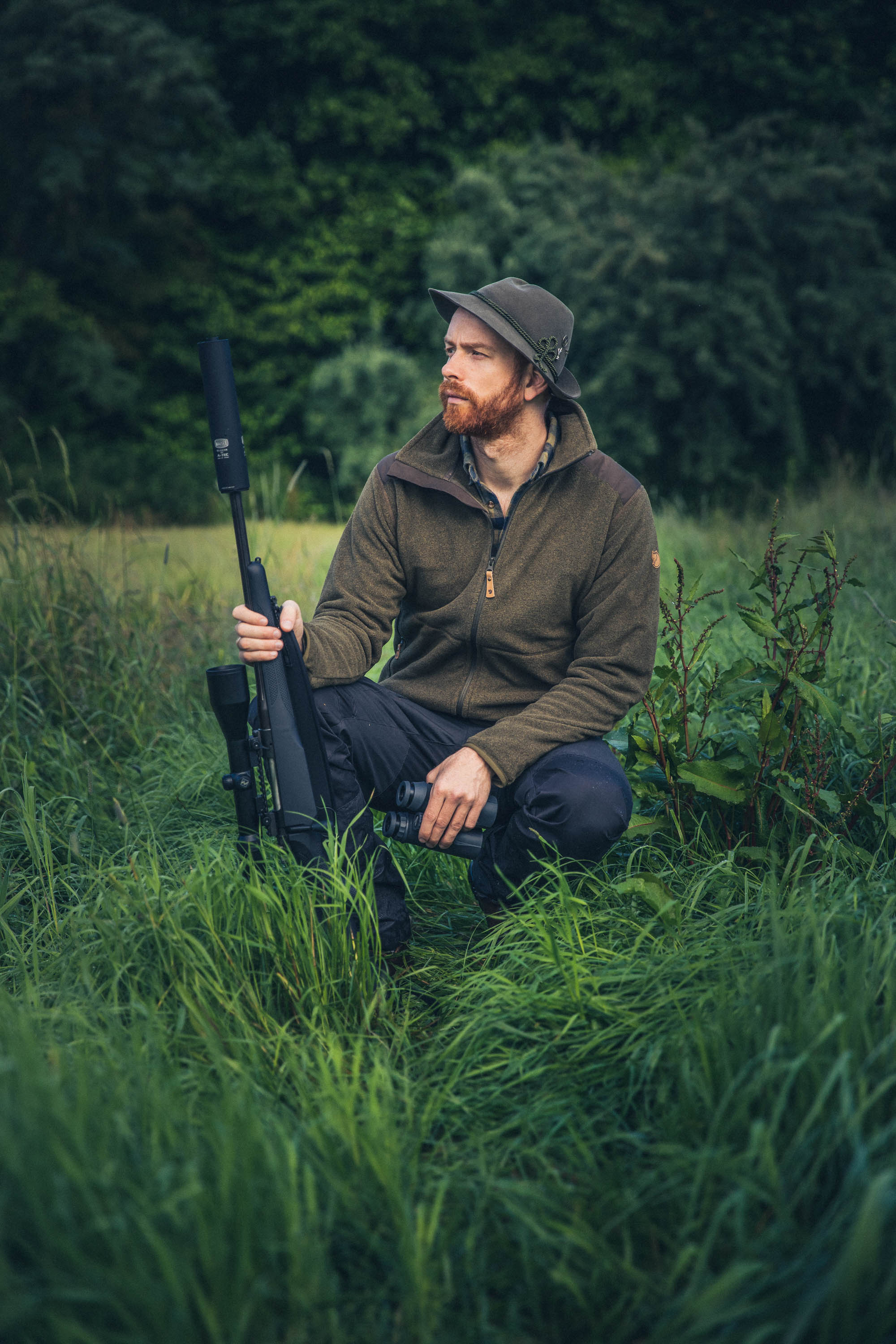
When stalking animals, or hunting, you don’t want to be seen or heard. Ideally, you want to be invisible for animals. Choosing the right colours is important. Muted browns are generally first choice for camouflage clothing. However, Ariane says it pays to think about wearing other colours too. “Animals perceive colour differently to us.” There are differences between different species:
- While people see red or orange as a warning colour, for wild animals, it’s blue. So blue clothing is a definite no-no.
- According to German hunters, wild, cloven-hoofed game (such as deer and chamois) see green colours very clearly. However, these species have no receptors in their eyes for red light.
- Wildfowl do have red light receptors. So red clothing is best avoided when birdwatching.
Contrast to the background is even more important than colour choice. Camouflage clothing should contrast as little as possible to the surroundings. This means:
- Light-coloured clothing for light backgrounds, such as snow or light-coloured sand.
- Dark colours for dark terrain.
- Strong patterns for strong, structured backgrounds and vice versa.

Lots of know-how for your outdoor adventures – that’s what the HANWAG BOOTCAMP stands for. Watch the how-to videos on our YouTube channel.
2 What is the right footwear for stalking?
When it comes to footwear, Ariane is also pretty unconventional. Her self-made moccasins have a smooth leather sole that give her more sensitivity underfoot. This allows her to step really, really softly – like an Indian. “You have to watch where you put your foot though!” she warns. Rusty nails, sharp twigs and gnarly roots can easily pierce the thin soles. And they don’t give much protection against twisting an ankle either.
Maybe the best compromise is a sturdy boot with good grip that still gives you good feel underfoot. “Ideally, you should be able to feel the ground with your feet,” recommends Ariane. Whether mountain boot or lightweight trekking shoe, it depends on the terrain. For stalking ibex in rocky, alpine terrain a more rigid boot is recommended than moorland terrain, such as the Scottish Highlands.
In swamps and marshes or in rainy conditions, waterproof boots are an advantage. Wet feet can soon become cold feet when you’re waiting deep in the woods, or sitting in a hide. Furthermore, take into account how much stalking equipment you want to have with you. The heavier your backpack, the more support your boots should offer.
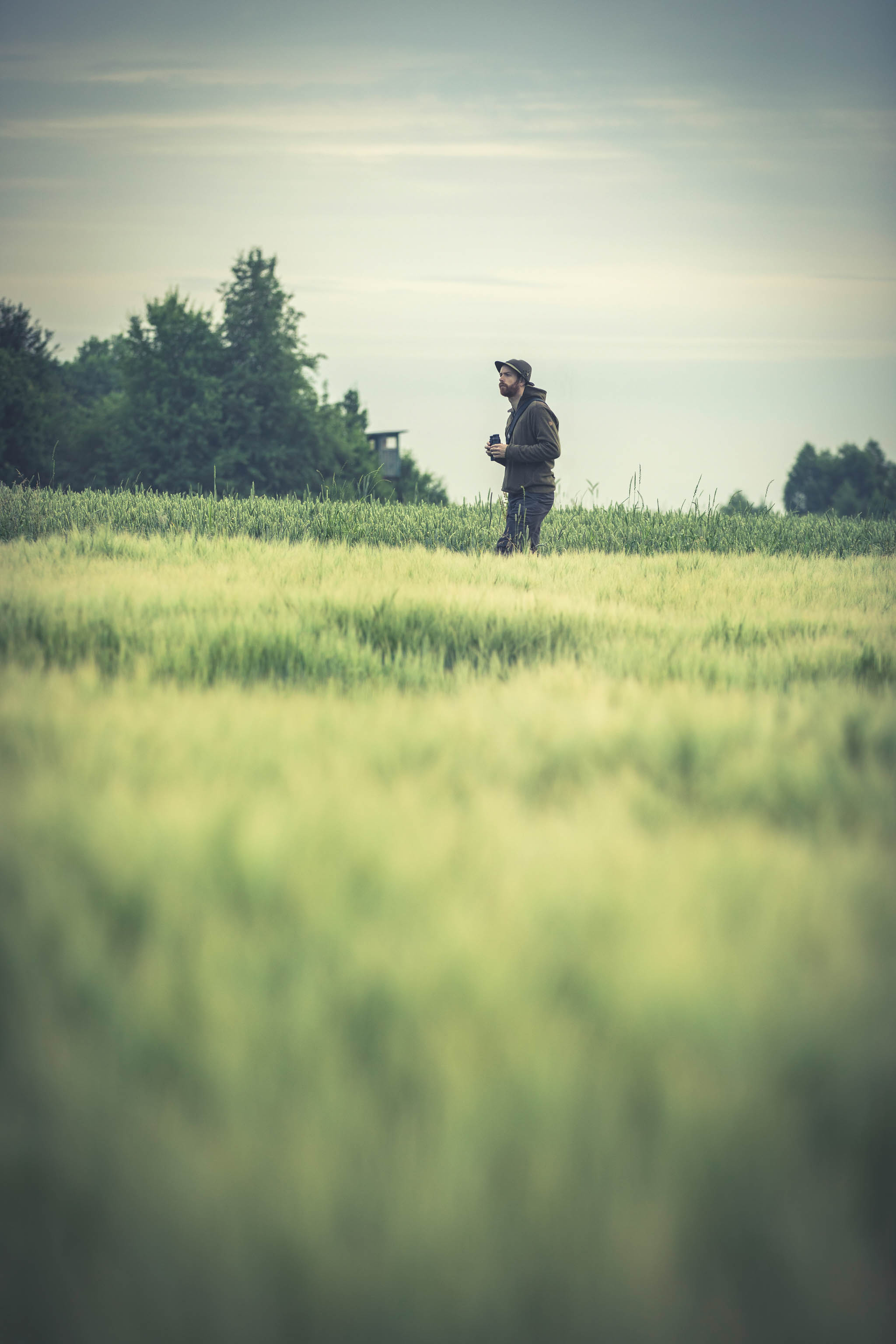
3 Tips for stalking boots
After you’ve purchased your boots, the following tips will help you make them better for stalking or hunting:
- Wear in your boots: This will make your stalking or hunting boots softer and suppler and you’ll have a better feel for your feet in them – this is important if you want to be able to move silently.
- Waxing hunting boots: Apply shoe wax regularly to leather boots. This stops them making annoying noises.
- Keep your laces short: Tie your laces so that there are no loose ends. Loose ends can flap around and make a noise. They can also get caught on twigs and branches on the ground.
These tips for your boots and clothing also apply to the rest of your stalking or hunting gear. In addition to core functionality, your stalking equipment should not make unwanted noise or be highly conspicuous. For wildlife photography, avoid bright, noisy rucksacks with lots of buckles. When buying new stalking gear hunters and animal watchers both look at and listen to how products work before they buy them.
What’s more, it’s not just human noises that scare off wildlife. Animals also have an acute sense of smell. This is why you should wash your hunting or stalking gear with perfume free washing detergent. Avoid using strong smelling care products before you set out into the woods. Wild animals will smell you coming before you get anywhere them. If you’ve got a new perfume or aftershave, – best leave to leave it at home.
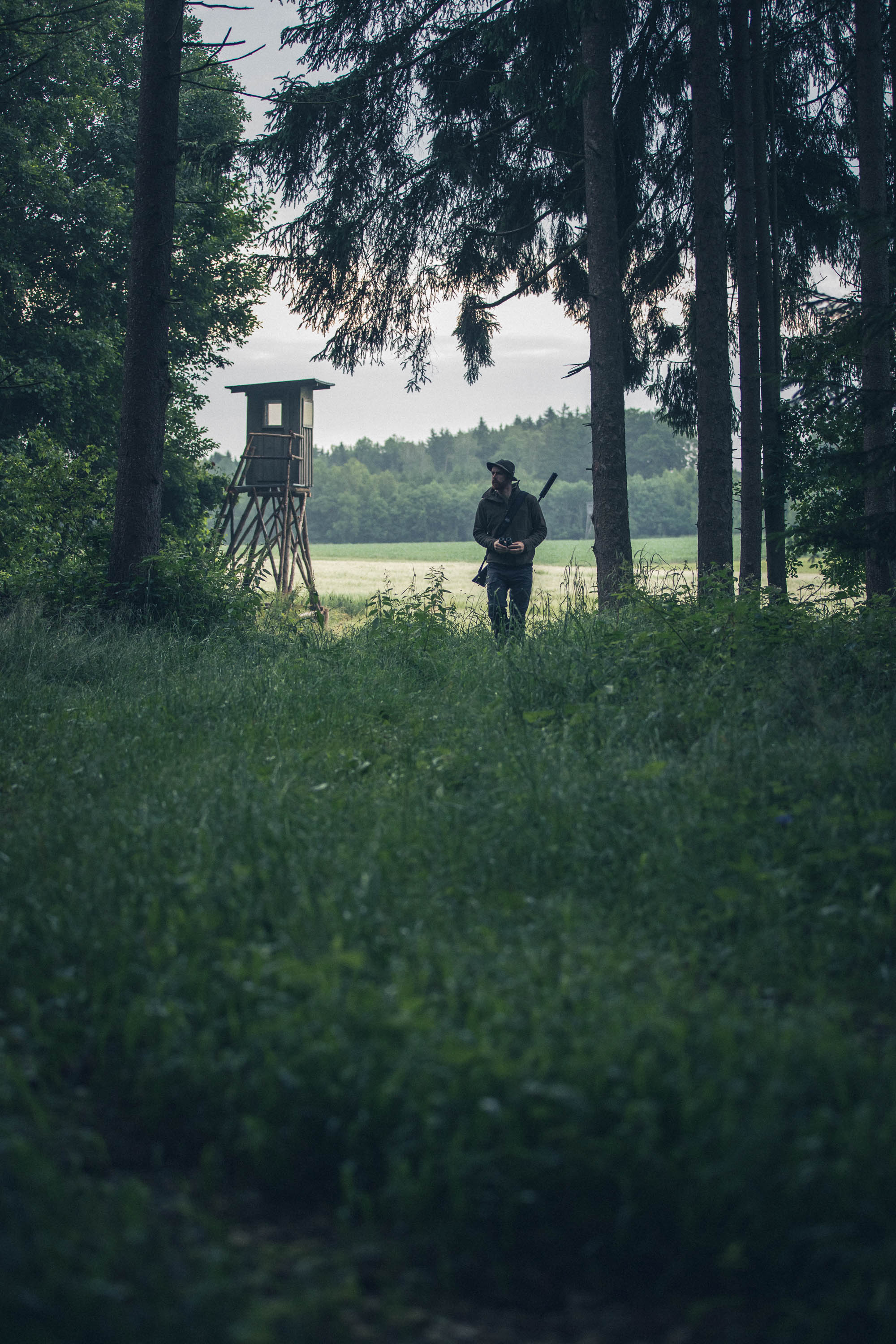
4 Wildlife photography: Plan your route before you set out
Once you have all your equipment together, it’s time to make a plan. The pros plan their trips ahead, right down to the very last detail. “It’s definitely worth giving it some thought before you head out,” Ariane advises.
- Timing: Are you hoping to see or hunt a particular animal? Every species has its own particular daytime and life cycle. For example, deer are active during the day, and eat every two to three hours. However, wild boar are nocturnal and spend the day resting in their hiding places. Make sure you are familiar with the behaviour of the animals you hope to see. In general, around dawn and dusk are best. You can find easily find the respective sunrise and sunset times in the Internet.
- Planning your trip: Think carefully about your route. How many kilometres does it involve? How many hours do you need?
- Weather conditions: If there is snow or a storm, animals generally stay in their den. Days when temperatures are neither too hot, nor too cold are likely to be more successful. Wind direction plays a crucial role. We always stay downwind (with the wind in your face) of the animal when stalking to avoid an animal hearing us or catching our scent as we approach. Plan your route in advance to take this into account. Check the weather forecast before you set out.
- Keep it quiet: When packing your gear, avoid noisy items, such as aluminium foil on your sandwiches. Fizzy drinks or beer bottles that make a loud noise when you open them are best left at home.
5 Moving silently
To stalk successfully, you need to be able to move silently. You can work on improving your technique at home. “The idea is to feel with your feet,” explains Ariane. How does it feel when your foot makes contact with the ground? Experiment with how to set your foot down as softly as possible. How slowly do you need to go to move as silently as possible?
To practice at home, try walking over crumpled newspaper, without making a noise or try the same over lego bricks. Can you move silently over gravel paths? Moving silently is the key to successful stalking.
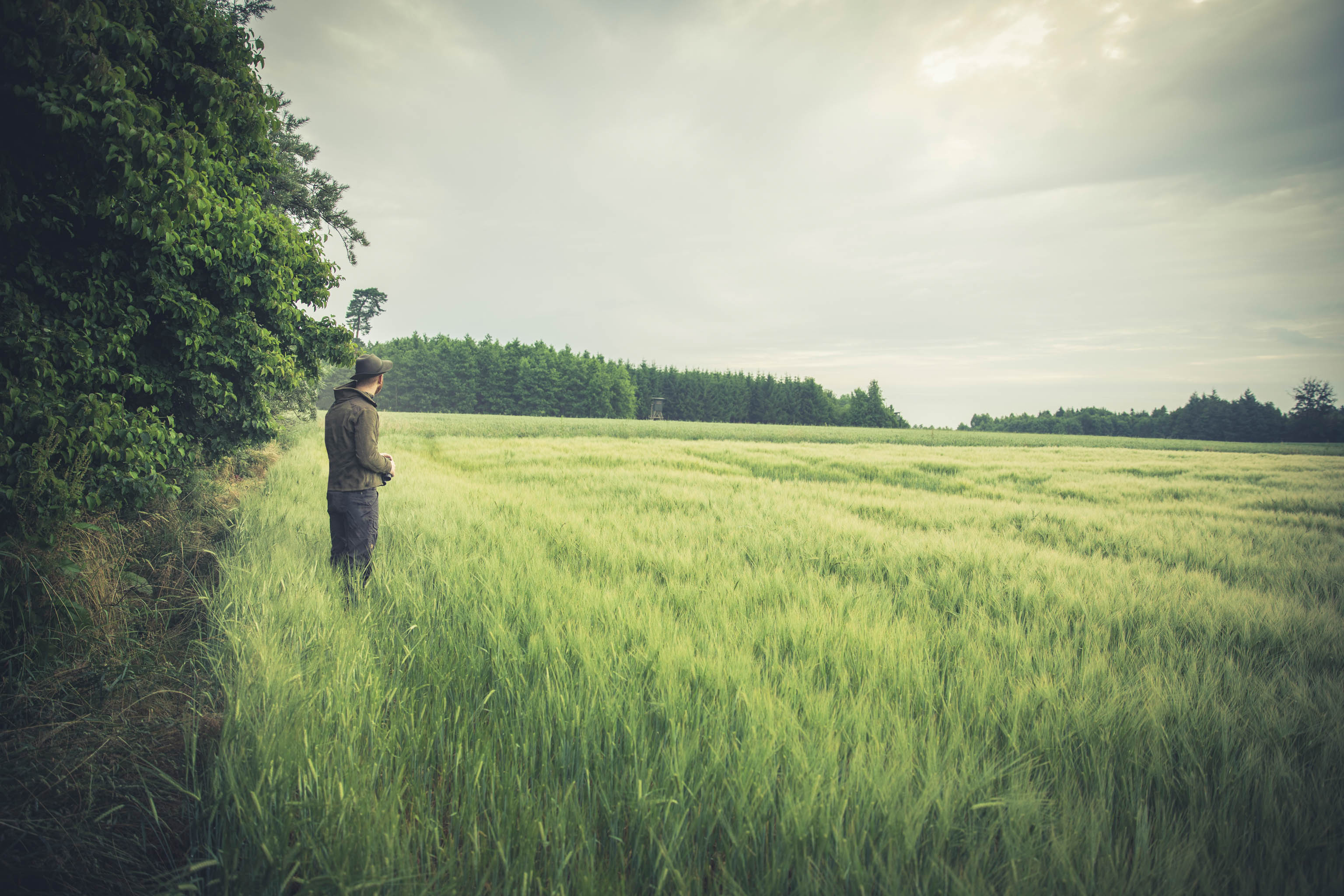
6 Successful stalking
There is no such thing as a magic recipe for successful hunting or wildlife photography. However, by following a few rules, you can increase your chances of success. It’s important to respect the countryside and follow paths where crops are growing:
- Avoid making noise: It’s not just when you’re on the move that you need to be quiet. If you make noise when you’re waiting in a high seat or raised hide, you’ll give the game away. Take care when opening bottles, sneezing or coughing and… make sure your mobile is on silent.
- Move as little as possible: Every time you feel the need to move, ask yourself, do I really need to? If the answer is yes, then move as silently as possible. Most animals get scared off by unfamiliar movements. This might even include bringing up your binoculars too hastily.
- Natural cover: When stalking animals, avoid wide, open areas. Following paths and trails at the edges of fields and woods provides an element of natural cover and will increase your chances of success.
7 Stalking animals – Respect the rules of the countryside
Watching wildlife and stalking animals is fun. “However, if everyone started creeping through the undergrowth to photograph wildlife, we could end up damaging natural habitats and annoying foresters and hunters,” says Ariane. As such, we should all respect the countryside when photographing wildlife or stalking. In practice, this means:
- Don’t walk across fields, stick to paths and trails. Countryside wildlife has already lost significant amounts of habitat due to hikers or mountain bikers.
- Please do not disturb the wildlife. Firstly, this means you’ll have more chance of seeing something. Wildlife that feels permanently stressed or threatened will leave an area.
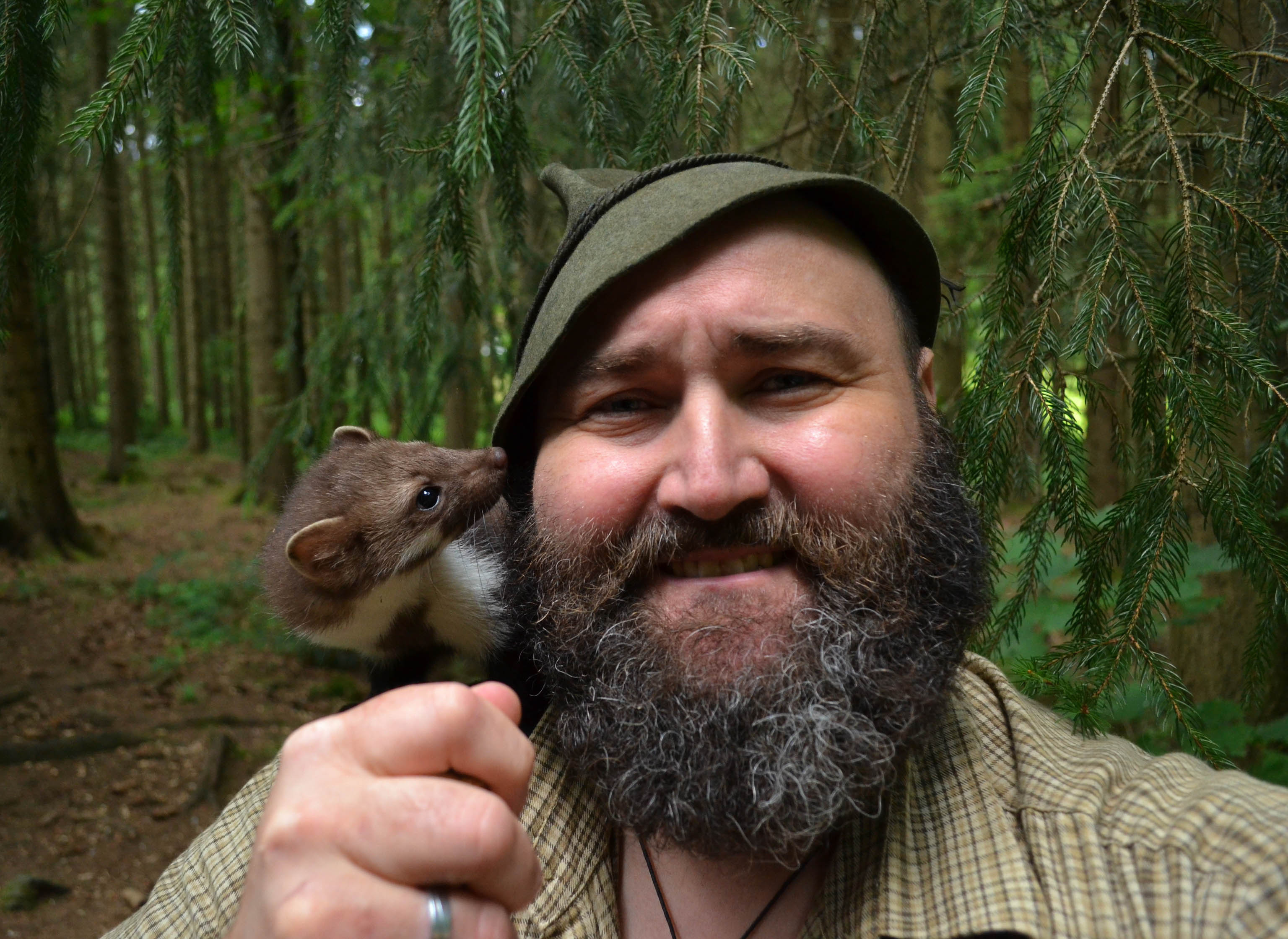
Wolfgang Schreil, aka ‘Woid Woife’ from Germany’s Bavarian Forest is an expert on woodland wildlife. He is also a member of the HANWAG Sole People. To find out more, read his story.
- Keep your distance. Of course, it’s tempting to try and get as close as possible. However, the closer you get to an animal, the greater the chance that you’ll scare it away. This is why it’s better to use a good pair of binoculars or to have a telephoto lens. Certain animals, such as the capercaillie, are classed as endangered species and are subject to strict regulations. Photographing them might have legal consequences.
- Respect the rules: Where there are wildlife protection regulations, make sure you follow them. It’s illegal to disturb certain animals (for example, the black stork). The same applies to taking photos of them.
- For more information, see the local rules and regulations for wildlife protection and the countryside codes.
- For your own safety: Don’t go stalking animals off the paths, unless you have es agreed this with the local hunting originations in advance.
- Take any rubbish home. Leave the countryside as you found it. Leave no trace of your visit.
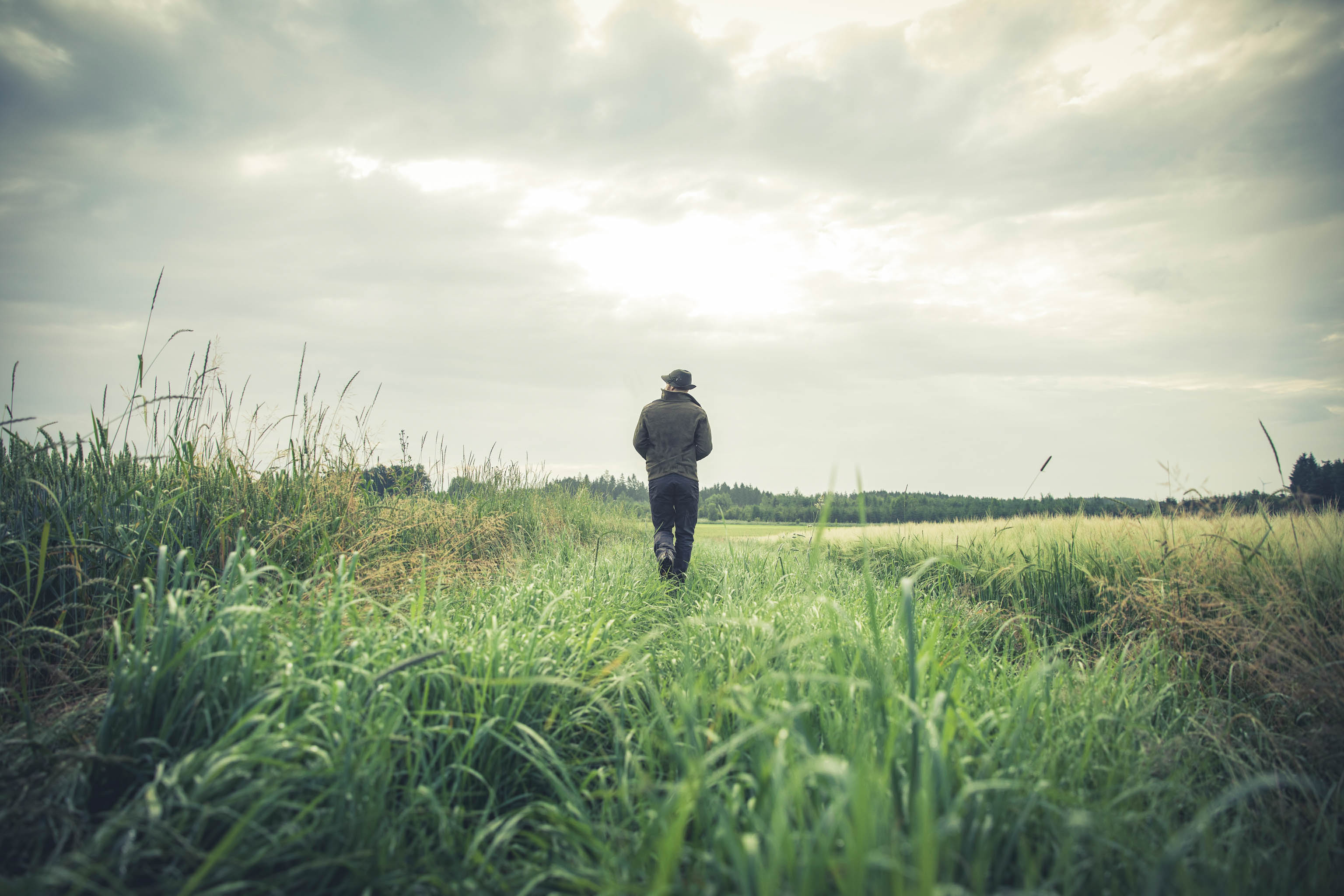
“Don’t give up if things don’t work out first time around. You’ll be better next time.”
Nature expert Dr Ariane SchmidtBy following these tips, you should be more successful with stalking animals, wildlife photography or birdwatching. But don’t worry if it doesn’t work first time. “There are always days when nothing works,” says our nature expert Ariane. “I sometimes feel like a bull in a china shop, even with my years of hunting experience. It’s bound to work better next time around.”

